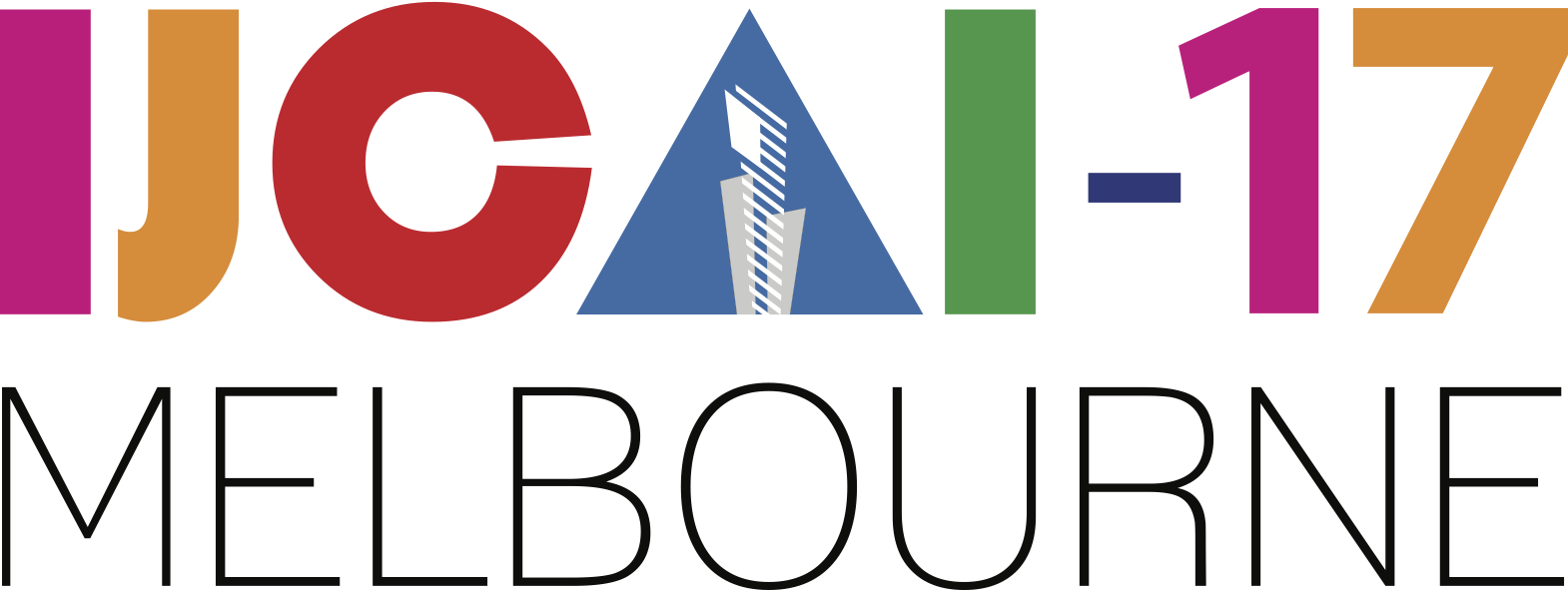Bridging the Gap between Observation and Decision Making: Goal Recognition and Flexible Resource Allocation in Dynamic Network Interdiction
Bridging the Gap between Observation and Decision Making: Goal Recognition and Flexible Resource Allocation in Dynamic Network Interdiction
Kai Xu, Kaiming Xiao, Quanjun Yin, Yabing Zha, Cheng Zhu
Proceedings of the Twenty-Sixth International Joint Conference on Artificial Intelligence
Main track. Pages 4477-4483.
https://doi.org/10.24963/ijcai.2017/625
Goal recognition, which is the task of inferring an agent’s goals given some or all of the agent’s observed actions, is one of the important approaches in bridging the gap between the observation and decision making within an observe-orient-decide-act cycle. Unfortunately, few researches focus on how to improve the utilization of knowledge produced by a goal recognition system. In this work, we propose a Markov Decision Process-based goal recognition approach tailored to a dynamic shortest-path local network interdiction (DSPLNI) problem. We first introduce a novel DSPLNI model and its solvable dual form so as to incorporate real-time knowledge acquired from goal recognition system. Then a Markov Decision Process-based goal recognition model along with its dynamic Bayesian network representation and the applied goal inference method is proposed to identify the evader’s real goal within the DSPLNI context. Based on that, we further propose an efficient scalable technique in maintaining action utility map used in fast goal inference, and develop a flexible resource assignment mechanism in DSPLNI using knowledge from goal recognition system. Experimental results show the effectiveness and accuracy of our methods both in goal recognition and dynamic network interdiction.
Keywords:
Planning and Scheduling: Activity and Plan Recognition
Uncertainty in AI: Approximate Probabilistic Inference
Uncertainty in AI: Sequential Decision Making
Multidisciplinary Topics and Applications: Multidisciplinary Topics and Applications

